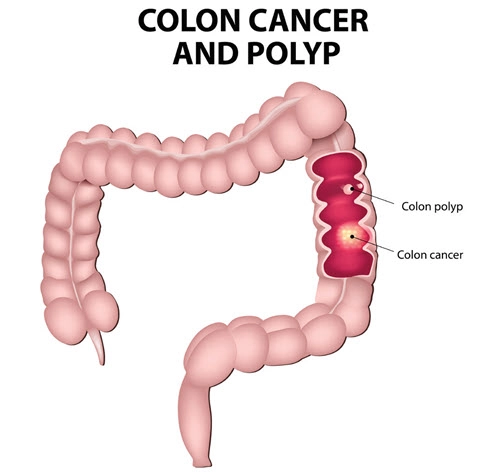Treatment decisions rest on accuracy.
Missing the correct diagnosis code from your surgeon’s colonoscopy report can lead to payment problems for the physician and treatment problems for the patient.
Drill down to the ICD-10 colon polyp nuances with our experts’ advice in three easy steps.

Step 1: Wait for the Pathology Report
To choose the correct ICD-10 diagnosis code for a colon polyp, you will need to know whether the polyp is benign or malignant. That means correctly interpreting the pathological descriptions used in the report and translating those descriptions into the right category.
“Surgeons may imply what type of polyp it is in an operative report, but they usually defer to the pathology report before making a final recommendation about when the colonoscopy should be repeated,” says Terri Brame Joy, MBA, CPC, COC, CGSC, CPC-I, billing specialty subject matter expert at Kareo in Irvine, Calif. “The path report contains the definitive determination of a colon polyp’s behavior.”
Tip: Correct diagnosis of the polyp determines the appropriate procedure code for the case if it began as a screening colonoscopy, the follow-up interval for colonoscopy, and the patient treatment plan for a polyp that is cancerous or may turn that way.
Step 2: Get to Know Non-Neoplastic Colonic Polyps
Although they are not neoplasms, hyperplastic polyps in the colon most often occur in the rectal region, and you usually report them with either D12.7 (Benign neoplasm of rectosigmoid junction), D12.8 (Benign neoplasm of rectum), or D12.9 (Benign neoplasm of anus and anal canal).
For hyperplastic polyps, you’ll choose from subcategory D12.x with the fourth character (0 to 6) specifying the location. You also have K63.5 (Polyp of colon) as a possible code for a polyp of the colon, but keep in mind that this code is less specific.
Inflammatory or pseudopolyps: These often occur in patients with inflammatory bowel disease or ulcerative colitis, but are also found in otherwise normal colon exams, says Glenn D. Littenberg, MD, MACP, FASGE, AGAF, a gastroenterologist and former CPT® Editorial Panel member in Pasadena, California. In this situation, report K51.40 (Inflammatory polyps of colon without complications). The code further extends out to K51.4-- where the fifth and sixth characters will specify the condition with added complications.

Step 3: Check Out These Neoplastic Polyp Classifications
Neoplastic polyps have specific classifications as well. They include:
Adenomatous polyps (APs): This type of polyp can be highly susceptible to developing colorectal cancer, but not all adenomas turn malignant. Because of the potential for malignancy, most insurers will reimburse follow-up and surveillance procedures for patients who have adenomatous polyps. Patients with APs are usually designated as having a history of colonic polyps (Z86.010 [Personal history of colonic polyps]).
Instead of calling it an adenoma, the pathology report may also use one of the three subcategories of adenomatous polyps to describe it. “A tubular adenoma is the most common type of benign but potentially precancerous polyp,” Littenberg says. “A villous adenoma (or villotubular adenoma) of the colon is a more advanced polyp, closer to malignancy with a different glandular structure, and is sometimes a carpet-like polyp. Unlike coding for adenomas, the only ICD-10 code for villous polyps is D37.4 (Neoplasm of uncertain behavior of colon), a subcategory of D37 (Neoplasm of uncertain behavior of oral cavity and digestive organs) describing neoplasm of an uncertain behavior, with the fourth digit (1 to 4) specifying the exact location.”
Combination: Occasionally, a polyp is a reported as a sessile serrated lesion/adenoma, which microscopically has some features of a hyperplastic polyp but has a behavior (cancer potential) of an adenoma, Littenberg notes. “These should be coded using the D12.- series based on location.” It’s also common for patients to have multiple polyps of different morphologies, such as hyperplastic polyps and APs in different locations. If the polyps have different diagnoses, you can report one for each type of polyp.
Adenocarcinomas: When an adenomatous polyp becomes cancerous, it is called an adenocarcinoma and is malignant. Sometimes a neoplastic polyp will contain an area of adenocarcinoma. In these reports, the designation may be “high grade dysplasia” (or older term, “carcinoma in situ”). In this situation, you’d report D01.1 (Carcinoma in situ of rectosigmoid junction) or D01.0 (Carcinoma in situ of colon), depending on the location.
If the cancer has spread beyond the polyp itself, you’ll turn to the appropriate colon cancer code from the category C18 (Malignant neoplasm of colon).
